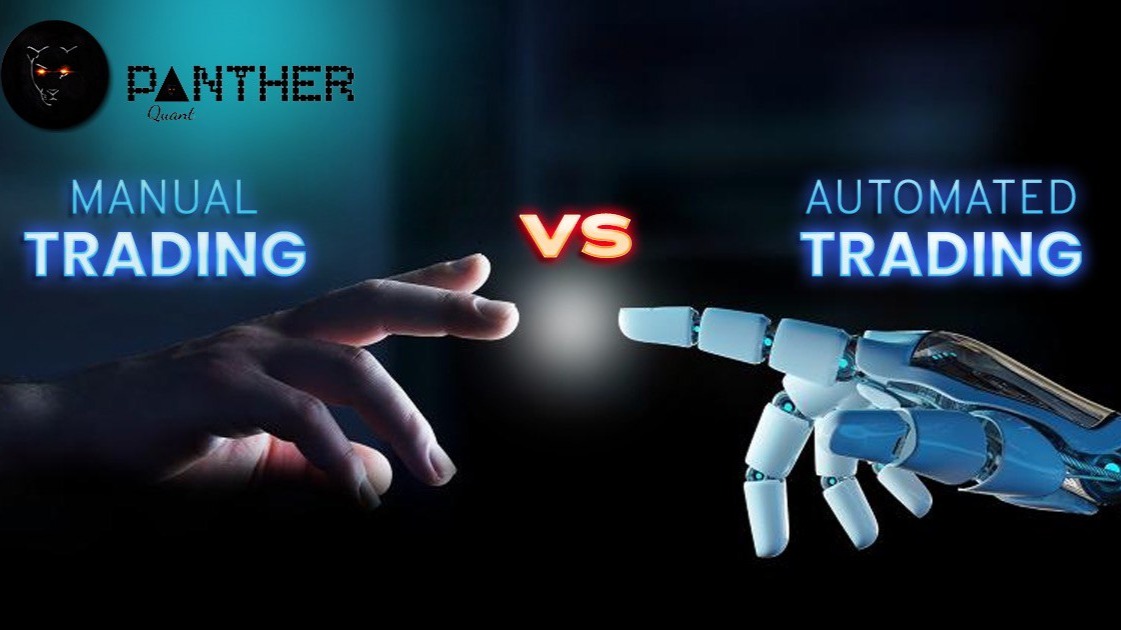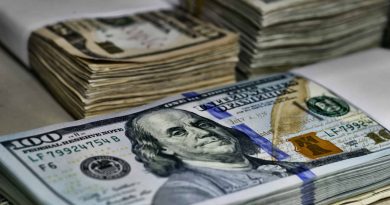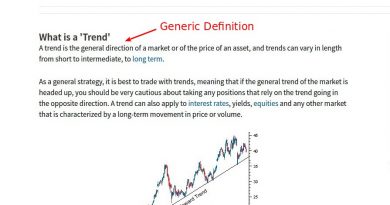Manual Trading What It Is How It Works Example

Contents
Manual Trading: What It Is, How It Works, Example
What Is Manual Trading?
Manual trading involves human decision-making for entering and exiting trades.
This is in contrast to automated trading, which employs computer programs based on algorithmic or human-instructed criteria.
Key Takeaways
- Manual trading involves human decision-making for entering and exiting trades, rather than relying on computers and algorithms.
- Manual traders are often still assisted by programs and technology in making their trading decisions.
- Manual trading and automated trading both have pros and cons, and it’s up to each person to decide what works for them.
Understanding Manual Trading
Manual traders often employ computer programs to consolidate information. They may also set automated indicators to alert them of potential trading opportunities. However, human input is always required to authorize trades in manual trading.
There is an ongoing debate as to whether automated trading is advisable. Some traders believe that manual trading is superior, as human judgment is required to gauge market trends and control risk. They feel that automation is best used for monitoring and consolidating data for human interpretation.
Proponents of automated trading argue that this method is superior, as it removes irrational human behavior from the equation. Automated trading is also based on rules and statistics, while manual trading may be more influenced by emotion. However, manual traders can also base their strategy on sound logic, statistics, and discipline.
Manual vs. Automated Trading
Automated trading systems—also known as mechanical trading systems, algorithmic trading, or system trading—allow traders to establish specific rules for trade entries and exits that can be automatically executed via a computer.
Automated systems still need to be built by a human, which means they are still prone to human error, except the errors occur in the programming code and not in the execution of the code. Automated trading typically reduces errors, such as fat finger mistakes that are more prevalent in manual trading. However, errors can still occur in programming or implementing an automated system.
Time will tell if computers are superior to humans in allocating capital. Many investors are more comfortable with a human executing buy and sell orders manually. Flash crashes are a painful reminder that turning over investment decisions to computers is not without risks. The most obvious example is the flash crash of May 2010. In a matter of minutes, popular indexes including S&P 500, Dow Jones Industrial Average, and Nasdaq Composite collapsed 5-6% and rebounded quickly. During the flash crash, trades for certain individual stocks executed for a penny or less, while others traded as high as $100,000, before prices returned to normal.
In the wake of this episode, traders and regulators blamed computer-automated trading systems set up to execute rapid-fire buy and sell orders. Since then, investors and money managers have not forgotten the destabilizing market potential of computer-driven investment strategies.
Manual Trading Strategies
Any strategy that involves a human placing buy and sell orders is a manual trading strategy. Some popular trading styles involve buy-and-hold, swing trading, and day trading.
Manual Trading Example
Jim is a trend trader. He looks for opportunities to enter strongly trending stocks around the 100-day moving average (MA) and also uses the 100-day MA as his exit. This requires manual trading, as there is subjectivity involved when he enters a trade.
For example, Jim likes to see a rising stock drop slightly below the 100-day MA and then rise back above, triggering his long trade. Once he is in the trade, he exits when the price crosses back below the 100-day. The price needs to be in an uptrend and not moving sideways to avoid whipsaw scenarios.
In 2017, Netflix (NFLX) was rising. It briefly dropped below the 100-day, created a bit of space below the line, and then moved back above. Jim bought. Toward the end of that year, Jim sold when the price crossed back below the 100-day.
Shortly after, the price found support at the 100-day and started to rise off of it. Jim bought again. This trade lasted most of the year until the price dropped below the 100-day again. Jim sold his position.
Not long after, the price, still in an uptrend, crossed back above the MA, and Jim went long. He had to sell a few days later as Netflix stock continued dropping. By this point, the uptrend was in question, and the price was whipsawing the MA.
This type of subjective decision-making is very hard to program into a computer. Therefore, Jim prefers to place all his trades manually.



